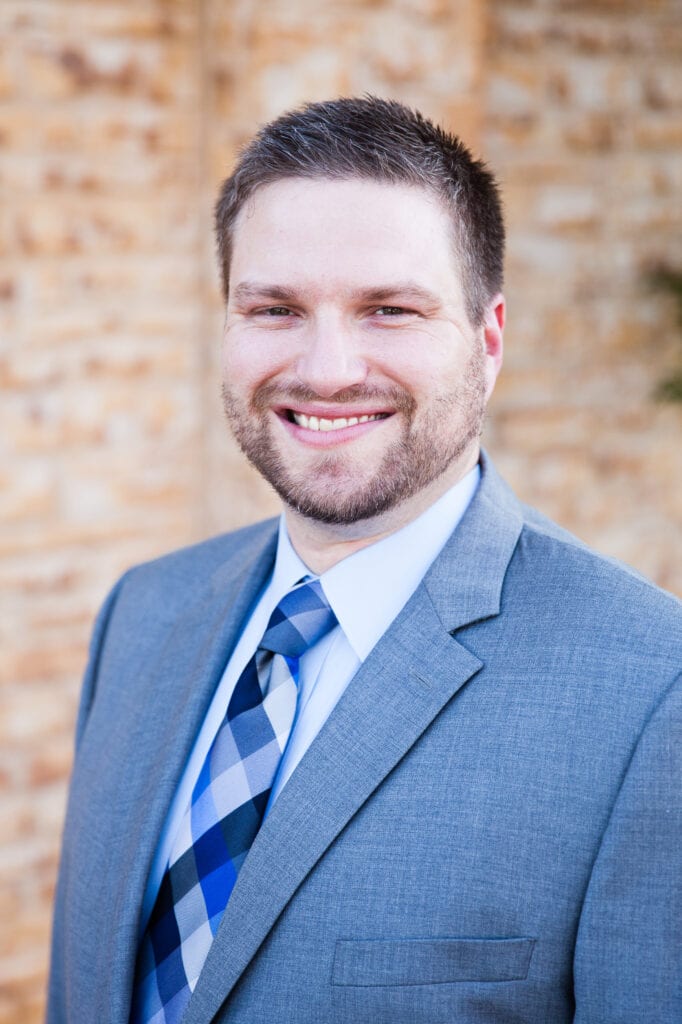
Last week I went over the main things you need to know about bunions and how they affect you. This week we're going to cover what you can do to stop a bunion's progression or even reverse it!
So what does a strong foot look like? Well it's not what you think. We don't really need our feet to be especially strong - what we need is just for them to be active at the right times. Many people who have flat feet or bunions don't actually have weak foot muscles. It's more likely that they have weak hip and ankle muscles which then don't allow the foot muscles to activate like they should.
In order to have good strong feet, we have to be strong in other areas of the body as well. In this blog, I'm going to cover how to strengthen the feet, the ankles, and the hips. If you are strong in these three areas, that will stop the progression of bunions and sometimes even reverse them.
In order to strengthen the feet, we must first understand a little bit about how the foot works. The foot is constructed like a tripod. The three points of the tripod are:
A strong foot will keep these three points in contact with the ground as often as possible.
Our foot goes through a lot of different movements as we walk, climb, run and jump. The foot is meant to pronate, supinate, and be neutral and all the points in between. The issues that we have that lead to bunions tend to make our feet hang out most of the time in pronation. So in order to strengthen the foot, we need to strengthen the muscles that keep us either in neutral or supination.
The best exercise to help this is what's called the short foot exercise. When our foot pronates, it lengthens and becomes more wide. The short foot exercise helps to activate the muscles that do the opposite action. The video below shows how to do the exercise. I recommend doing just this exercise alone for two weeks. Usually doing about two to three sets of 10 at a time.
Once you feel confident doing this exercise, then you can start applying it to a lot of different situations.
Doing this will help to transition the short foot from being just an exercise that you do to something you can be practicing during your day in real world situations.
The next exercise to help strengthen your feet is called the Vele lean. This exercise is shown in the video below and it really helps to strengthen the muscles of the feet. The short foot practice combined with this exercise is a great one-two punch for strong feet!
The foot does not work alone. The hips and the ankles help to support the motions of the foot. You could have the strongest feet in the world, but if you have weak hips and ankles, your foot will still get in bad positions.
The first exercise to help strengthen your ankles is called the tibialis posterior raise. The tibialis posterior muscle is one of the prime supinators of the foot. If your foot over-pronates or pronates too fast, it means the tibialis posterior is not strong enough to resist that. The exercise is shown in the video below. I recommend doing three sets of 10 everyday.
Once you've helped to strengthen your tibialis posterior, it's time to work on the stability of the ankle. In order to do that, you have to challenge the ankle in a lot of different directions. The best exercise to do this is called toe reaches. The video below demonstrates this exercise. The key here is that you'll be standing on one leg and reaching the other leg out in different directions. Be sure that you try to keep the foot that is on the ground as still as possible. It is going to move a little bit. but you don't want it to be wobbling all over the place.
As I mentioned above, if your hips are not strong, your feet are put at a disadvantage. Bunions develop from feet that remain in pronation for too long. The hip muscles that help to bring the foot out of pronation are the external rotators of the hip, primarily the gluteus, medius, maximus, and piriformis.
A great first exercise to start strengthening these muscles is called a glute bridge with abduction. The exercise is shown in the video below. I usually have people start with two sets of 10 and slowly work up to three sets of 12.
The next exercise is a great one because it can work on almost all of those muscles at once. It is called a lateral band walk. The video is shown below. Pay special attention to the placement of the band. By placing the band around the foot instead of the ankles like this exercise is normally done, it really works on those external rotators of the hip.
The final exercise really works on increasing control of the hip rotators. This exercise is called the hip airplane. When you start this exercise, you'll want to be close to a wall or a table that you can use for balance. After a couple of weeks doing the exercise, you need to start taking your hand off of whatever structure you're using for balance, and starting to try to balance on your own. Eventually you want to be able to do this exercise without using anything for balance.
Special/Simple Device to Help Stop/Correct Bunions
One final recommendation for stopping bunions or reversing them is actually a device to wear on your feet. This device is called correct toes. This simple silicone piece can be worn at all times even with socks and helps to maintain the placement of the toes which can help the deformation of the bunion. I recommend this for all bunions! They can be purchased here: https://www.correcttoes.com/shop/correct-toes/correct-toes.html?gclid=CjwKCAjwrqqSBhBbEiwAlQeqGrrmlzau3uTeVCbstoyU37gGT-kNmsutB_DoQC7TX_qjHgJxF1TZVhoCHBgQAvD_BwE
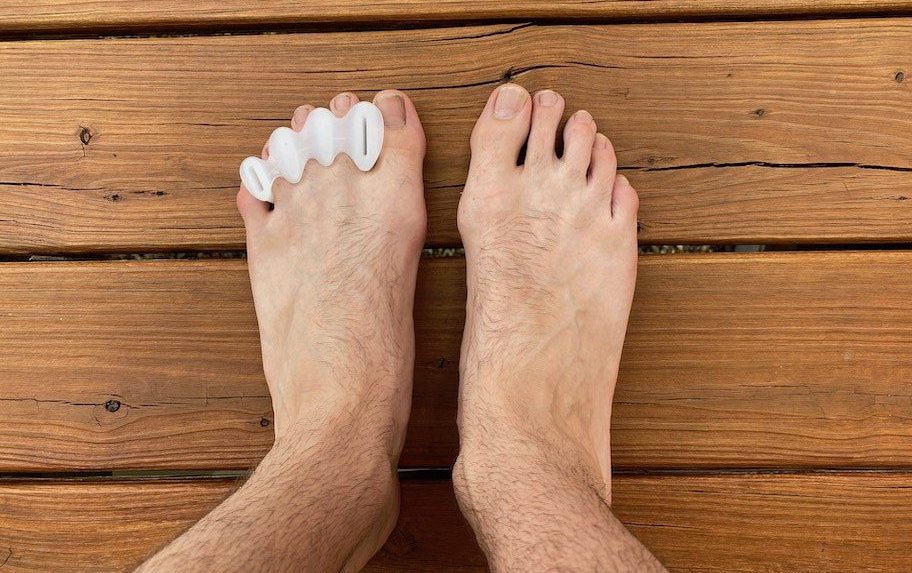
_________________________________________________
So there you have it. If you have a bunion, or if you're wanting to make sure you don't develop a bunion, this program includes my recommendations to make sure you know what to do to help ensure those results! And if you are looking for more help with your feet, give us a call at Movement Laboratory at 918-300-4084 and schedule an appointment today. We help get people moving better and out of pain fast!
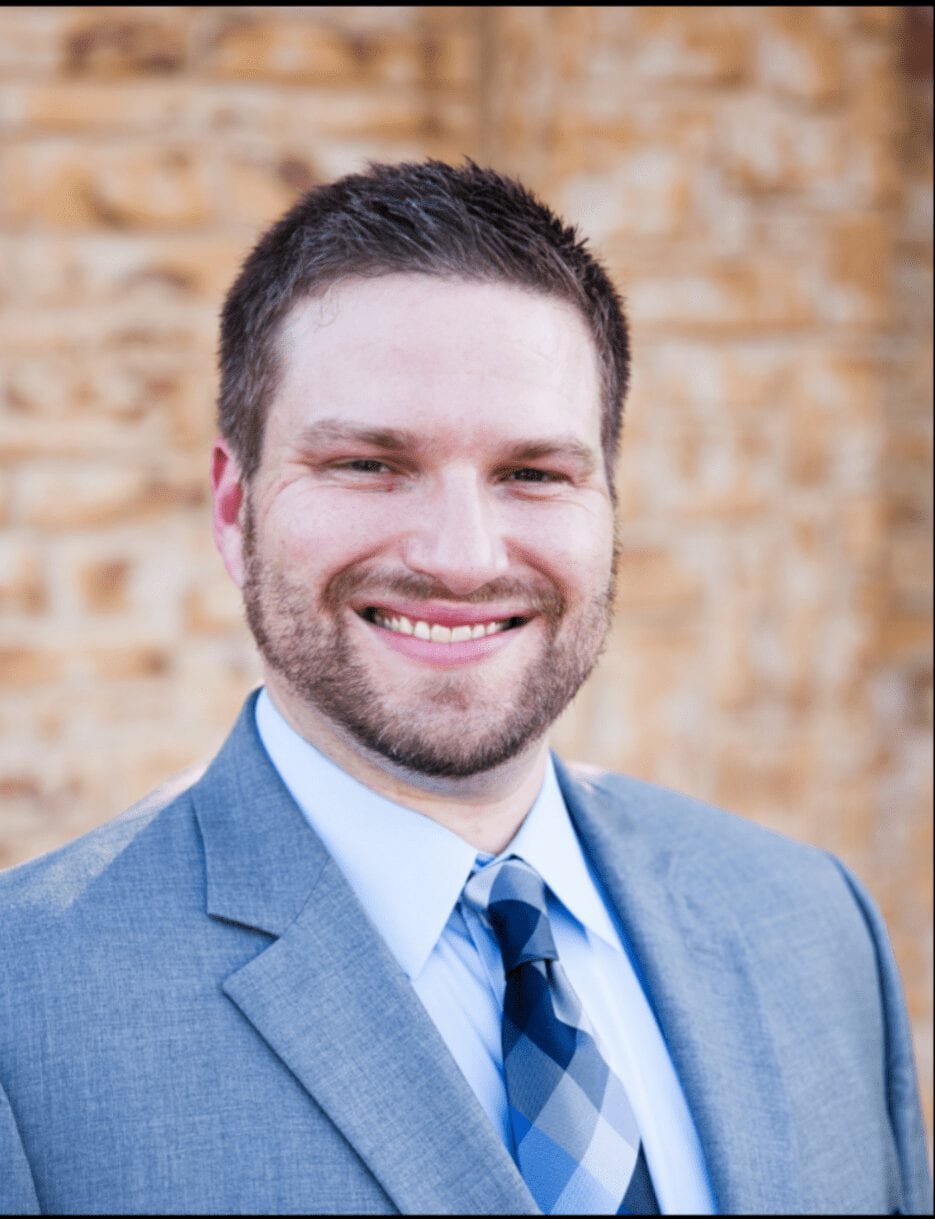
I would like to introduce the world to my new clinic, Movement Laboratory, or MovLab for short. I am very excited to be starting my new business and look forward to helping a lot of people!
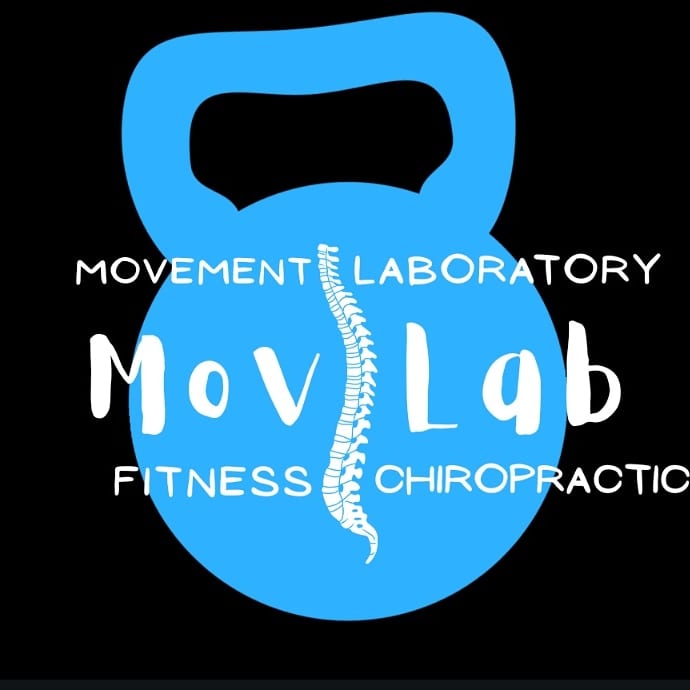
The mission of MovLab: “Our mission is to provide the highest quality, comprehensive healthcare in an empowering and educational manner. This allows our team and patients to become responsible stewards of their own health and environment.”
What does that mean? It means we do things differently at MovLab. That all starts with our toolbox. Dr. John Keefe has dedicated his nearly ten years as a chiropractor to seeking out the latest in cutting edge assessment and treatment methods. From traditional chiropractic adjustments, to acupuncture, kinesiotaping, active release technique, to the latest in rehabilitation techniques such as Dynamic Neuromuscular Stabilization and G.R.I.P. Approach, Dr. John has combed the globe to find the most effective techniques to decrease pain and improve performance!
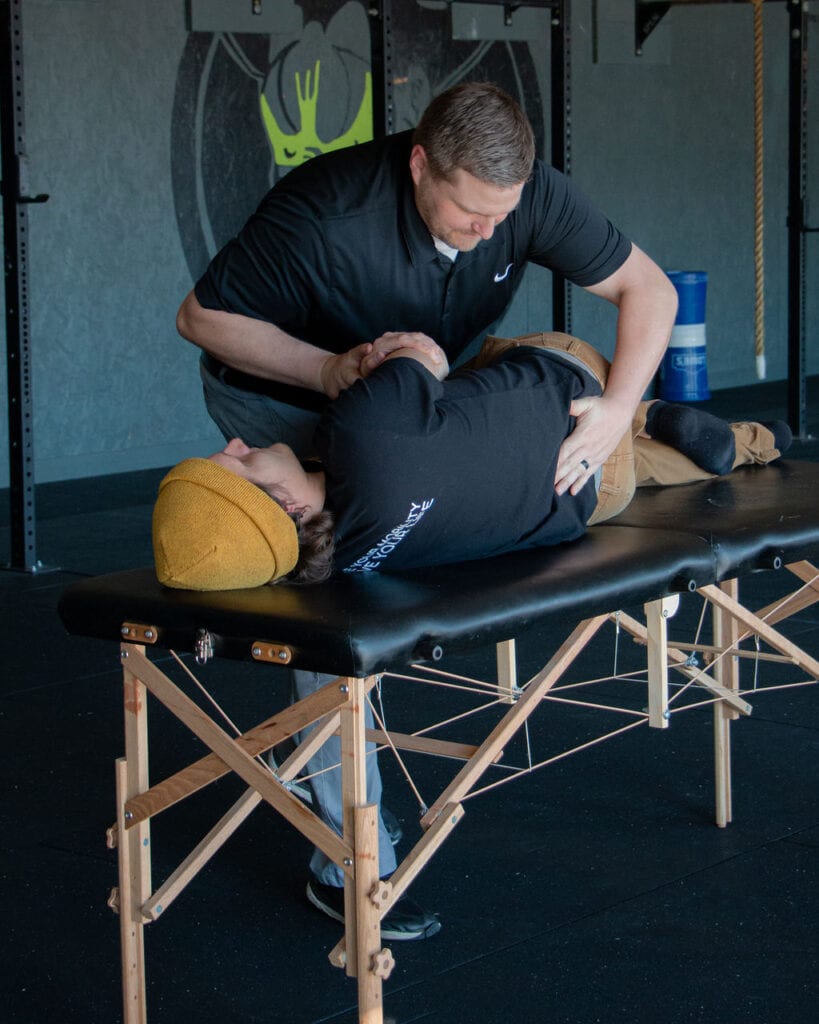
That difference is also evident in our treatment plans! You won’t find long, costly treatment plans that never end at the Movement Laboratory. By combining these cutting-edge treatment techniques with the most advanced in-office and at-home exercises, Dr. John is able to decrease your pain quickly and teach you how to keep it from coming back. There are no cookie-cutter approaches here at MovLab!
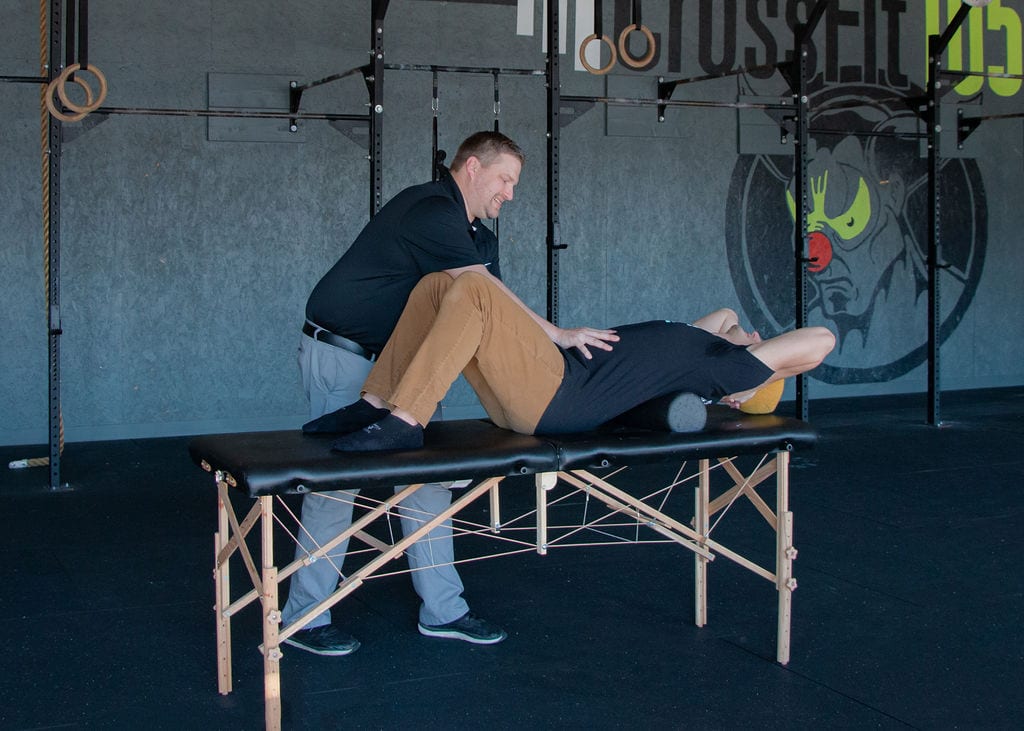
We create a team! Health does not come from the outside in, but from the inside out. Here at MovLab, we know that we don’t fix people. We create a road map and help guide our patients to better health and performance. That road map requires our doctors and staff to be at the top of our games in providing the best care we can. The road map also requires our patients to be active participants in their own progress. This method allows us to get results fast and to avoid our patients feeling like their health is out of their control.
We have big plans! We are working on opening a new facility in late 2021 that will be unique in Tulsa. It will be a clinic/gym hybrid. This facility will allow us to create more comprehensive road maps for our patients. Many of our patients want to get out of pain in order to be more active. With the addition of one on one and small group personal training, MovLab will be at the forefront of taking our patients all the way from pain to performance! Stay tuned for more information on this as 2021 progresses!
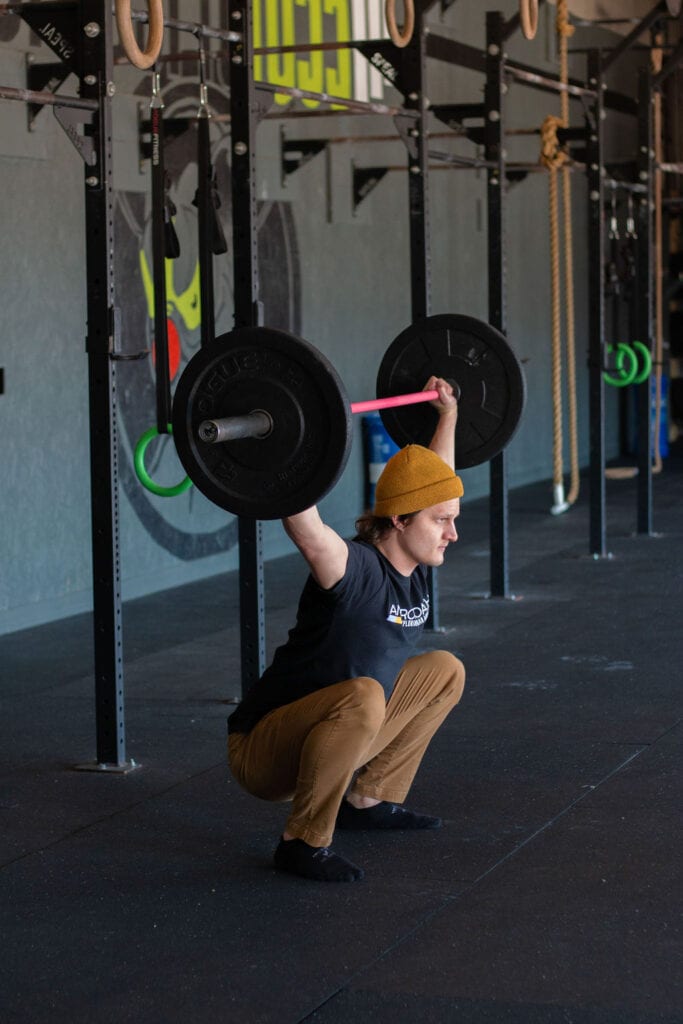
For now, you can find us at our current location, 4785 E 91st St B, Tulsa, OK 74137. Give us a call at 918-488-8600 and let us show you the MovLab difference!
